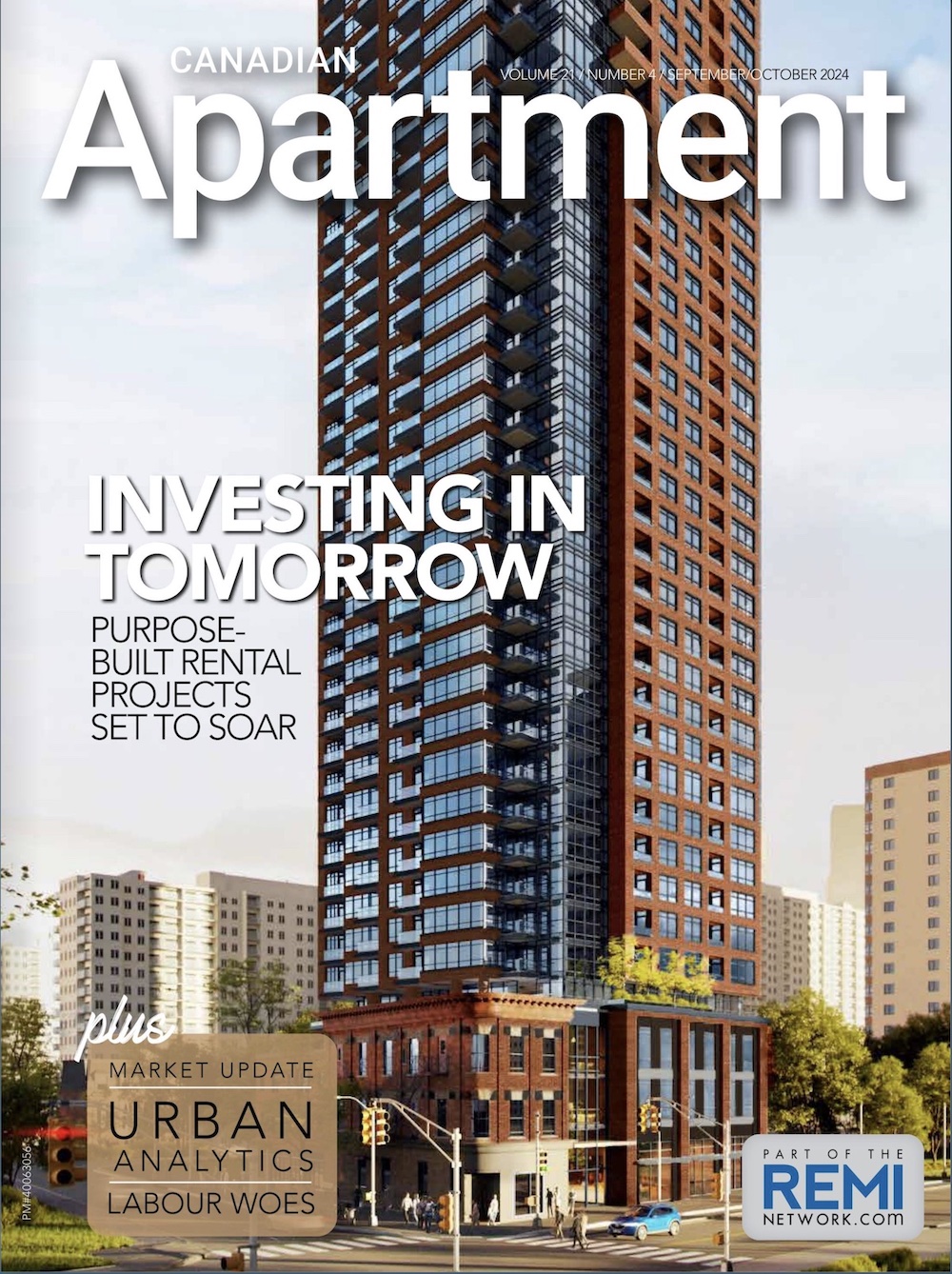The Alberta government is reaffirming plans to divest much of the provincially owned social housing portfolio through transfers to municipal or community-based operators and the sell-off of up to 200 units. A newly released asset management framework also hints the government will facilitate new supply either through intensification of some of its existing holdings or underwriting more affordable units in new mixed-income and mixed-use developments, but few details have been revealed ahead of the launch of an Affordable Housing Partnership Program, which if promised for this fall.
The asset management framework sets out the criteria for transferring, selling or retaining the Alberta Social Housing Corporation’s approximately 3,000 units. It follows from the provincial government’s announced intention in its 2021 affordable housing strategy to transition from “significant owner and operator of housing stock” to a more indirect role as a “regulator and funder, enabling and facilitating partnerships and collaboration”.
Under the criteria, transfers would be contingent on: assets being in “fair or good condition”; new owners possessing “the capacity to own, manage and leverage the equity in the property”; and the building continuing to operate as affordable housing for at least 20 years. Assets would have to be “vacant, significantly underused or no longer functional for affordable housing” and located in an area of high supply or low demand for affordable housing before they could be sold.
It’s projected that fewer than five properties will be sold in 2022-23. However, the 2022 provincial budget forecasts $90 million will be realized from sales over the next three years. This is earmarked to be reinvested in social housing.
“Every decision about our assets will focus on how to best serve the housing needs of Albertans with low income,” declares Josephine Pon, Alberta’s Minister of Seniors and Housing. “We will protect vulnerable Albertans, get the best value for taxpayer dollars and strengthen the long-term sustainability of the housing system.”






